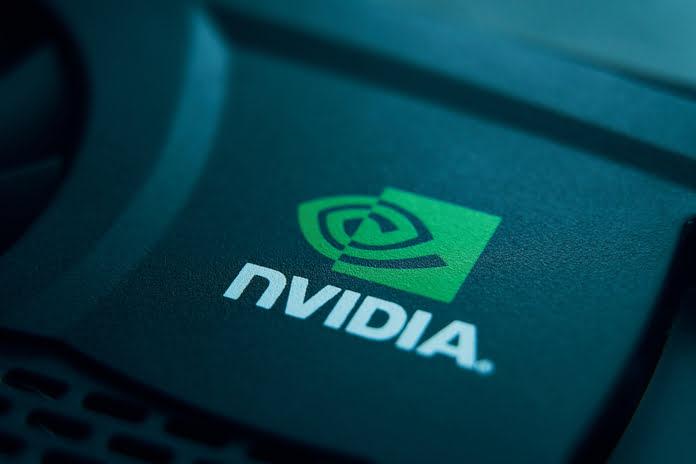Nvidia (NASDAQ:NVDA) has experienced impressive growth over the past year, with its stock rising over 119%, making it the best-performing stock in the S&P 500 Index. Despite this surge, Nvidia’s stock has recently traded within a narrow range, leading investors to question whether the stock can regain its all-time highs. In this article, we explore the Nvidia stock outlook, assessing both the risks and opportunities facing the company as it continues to dominate the artificial intelligence (AI) chip market.
High Expectations and Revenue Challenges
One of Nvidia’s greatest challenges stems from the high expectations placed on the company. Despite posting better-than-expected earnings for fiscal Q2 2025 and surpassing Wall Street’s estimates, Nvidia’s stock fell as markets had anticipated an even bigger beat. When a company reaches the scale of Nvidia, which is expected to generate over $125 billion in revenue this year, surpassing sky-high expectations becomes increasingly difficult. This challenge raises concerns for investors about the Nvidia stock outlook, particularly as the AI chip market becomes more competitive.
Key Risks for Nvidia Investors
Several key risks could impact Nvidia’s ability to sustain its current growth and profitability:
Revenue Concentration: In fiscal Q2 2025, nearly half of Nvidia’s revenue came from just four major customers. Many of these customers, known as hyperscalers, are developing their own custom AI chips, which could reduce their reliance on Nvidia’s technology in the future. This revenue concentration presents a significant risk to Nvidia’s growth.
Economic Slowdown: While a severe economic slowdown or recession appears unlikely, it could impact Nvidia’s sales. A downturn would likely lead to reduced AI spending by tech giants such as Amazon (NASDAQ:AMZN), Alphabet (NASDAQ:GOOGL), and Meta Platforms (NASDAQ:META). These companies have already implemented cost-cutting measures in recent years, and a recession could force them to further reduce AI infrastructure investments.
Competition: Nvidia currently dominates the AI chip market, but competition is growing. A breakthrough in AI chip technology, whether from a U.S. or Chinese competitor, could threaten Nvidia’s market share and profitability. Increased competition could also pressure Nvidia’s strong gross margins, which currently exceed 70%.
Antitrust Concerns: As Nvidia’s dominance in the AI chip space grows, it has attracted the attention of U.S. regulators. While Nvidia has denied receiving a subpoena from the Department of Justice, heightened scrutiny over potential antitrust issues could pose a regulatory risk to the company.
Geopolitical Risks: Nvidia faces considerable geopolitical risks, particularly concerning its business in China, a major market for the company. A potential return of Donald Trump to the White House could exacerbate tensions between the U.S. and China, potentially impacting Nvidia’s sales and supply chain.
Opportunities for Nvidia’s AI Chip Business
Despite these risks, Nvidia remains well-positioned to capitalize on several key growth opportunities, particularly in the AI chip market. During its fiscal Q2 earnings call, CEO Jensen Huang highlighted the growing demand for graphics processing units (GPUs) in data centers, emphasizing that GPUs are increasingly being used to replace central processing units (CPUs) in these facilities.
Huang also reassured investors that Nvidia’s customers are generating strong returns on their AI infrastructure investments, dispelling concerns about the profitability of AI projects. Moreover, demand for Nvidia’s AI chips is broadening beyond tech giants, with enterprises and sovereign states increasing their investments in AI technologies. As Toshiya Hari, a semiconductor analyst at Goldman Sachs, noted, “You are seeing a broadening in the demand portfolio into enterprise, even into sovereign states.”
In addition to AI, Nvidia is a key player in several other high-growth markets, including gaming, the metaverse, blockchain, and autonomous driving. While AI remains the primary driver of Nvidia’s growth, these adjacent markets offer further upside potential for the company.
Will Nvidia Stock Rebound?
Wall Street analysts are optimistic about Nvidia’s stock outlook. The average target price for NVDA shares is $149.22, representing a 38% upside from the current price. Some analysts have set price targets as high as $200, an 85% premium to the current level, with the stock receiving a “Strong Buy” rating.
Nvidia is expected to report adjusted earnings per share (EPS) of nearly $4 in fiscal year 2026, implying a price-to-earnings (P/E) ratio of 27x. This multiple is attractive given the company’s projected earnings growth of over 40% next year, following 120% growth in 2025.
While Nvidia may not continue to deliver the astronomical returns seen in 2023, its stock is likely to rebound from current levels. As Nvidia transitions to a more “normal” stock, with more predictable returns, investors should temper their expectations but remain optimistic about the company’s long-term prospects.
Featured Image: Megapixl









